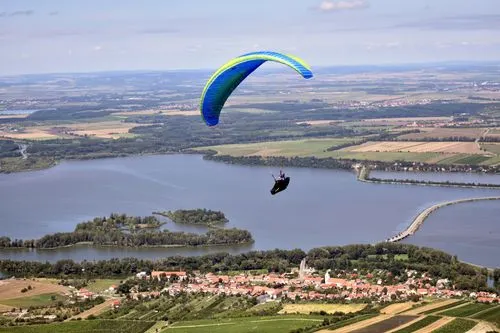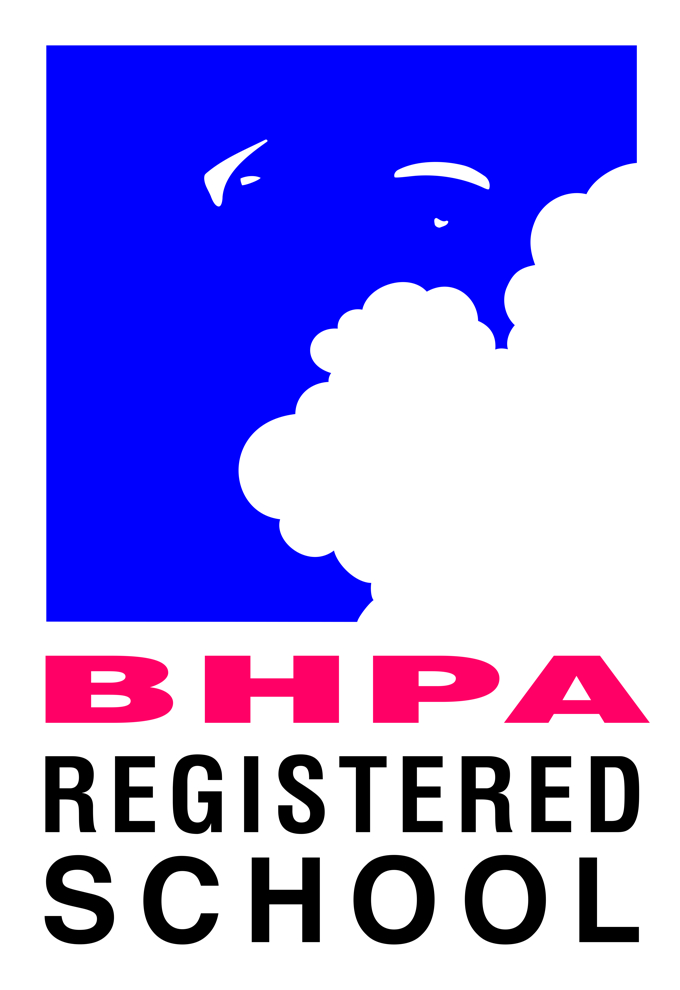Paragliding wing design in 2025

Paragliding Wing Design in 2025: A New Era for Solo Pilots
As paragliding technology advances, 2025 marks a pivotal year in the evolution of wing design—especially for solo pilots flying EN-A to EN-C gliders. Gone are the days when wing categories felt strictly linear in performance and progression. Today’s gliders blur the lines, offering precise handling, smarter internal architecture, and a smoother, more efficient experience across all phases of flight.
EN-A Gliders: Smarter Design for Safer Progression
Beginner wings have seen the most underrated transformation. In 2025, entry-level gliders are now being built with aerodynamic refinements that were once reserved for higher-end models.
Sky Paragliders has updated its EN-A offering with the Caracnho, an early progression, top end A wing designed to handle thermic conditions with more agility. It features a re-engineered airfoil and tension-optimized sail layout, which result in improved pitch stability and easier inflation—even in low or crosswind launches. Combined with modern brake geometry, the Carancho gives early pilots a more intuitive and educational flight experience.
Wings like the Nova Prion 6 and UP Rimo 2 also use refined line layouts, shark nose leading edges, and mini-rib trailing edges to provide better glide and responsive but forgiving handling. This lets beginners stretch their first flights into small XC routes confidently.
EN-B Gliders: The New Gold Standard
2025 is arguably the year of the EN-B glider. This category is evolving to meet the needs of both ambitious beginners and experienced weekend XC pilots. The sweet spot lies in delivering usable performance—without demanding hyper-reactive piloting.
Sky Paragliders has positioned the Kudos 2 as a top-tier mid-B wing that blends safety with technical progression. It uses a semi-light internal structure—not for hike-and-fly purposes, but to improve inflation and energy retention. A 3-line layout and profile optimization make it particularly efficient on glide while preserving the low-stress pitch behaviour EN-B pilots rely on.
Other top performers in this class include the BGD Base 2, Ozone Buzz Z7, and Advance Iota DLS. These wings are taking on more aggressive cell shaping and internal tensioning to reduce deformation, particularly at full speed bar. Gliders in this class are now performing at levels previously associated with EN-C wings from just a few years ago.
EN-C Gliders: Performance Without the Pressure
The EN-C class continues to evolve into a space where experienced pilots can access high performance without entering the world of competition-level two-liners.
Sky Paragliders’ new Exos 2 aims to be the “pilot’s EN-C”—a glider that delivers precision and glide performance while maintaining moderate pilot demands. It features a hybrid two-and-a-half-line system, high aspect ratio (~6.4), and an exceptionally refined internal structure to handle speed and active air efficiently. Its trailing edge features laser-cut tensioning and reinforced mini-ribs, offering sharp brake response and low fatigue during long thermal flights.
Other leaders in this space include the Nova Codex and Skywalk Chili 5, both offering refined pitch behaviour, crisp handling, and smooth energy management in thermic climbs and transitions.
Material and Structural Trends
Across all categories, the materials used in 2025 wings are contributing significantly to their performance. Heavier Dacron and outdated Mylar are mostly gone—replaced by Porcher Skytex 38, Dokdo fabrics, and reinforced nylon rods that offer long-term durability without the weight penalty.
Line material is evolving too. Aramid-dyneema blends are being used for main and mid-lines, offering lower shrink rates and drag. Many manufacturers have streamlined their line layouts to reduce total line length and frontal area, directly improving glide and speed.
Final Thoughts: A Precision Sport for Everyday Pilots
Wing design in 2025 reflects a broader movement in paragliding: toward making high-quality performance and handling accessible without sacrificing safety. Thanks to companies like Sky Paragliders, Nova, BGD, and others, pilots today can expect more feedback, more control, and more efficient flying—right out of the bag.
The real progress isn’t just about speed or distance—it’s about predictability, connection, and the confidence to fly in complex air. For solo pilots flying EN-A to EN-C gliders, 2025 represents the most refined and rewarding era of wing design yet.

